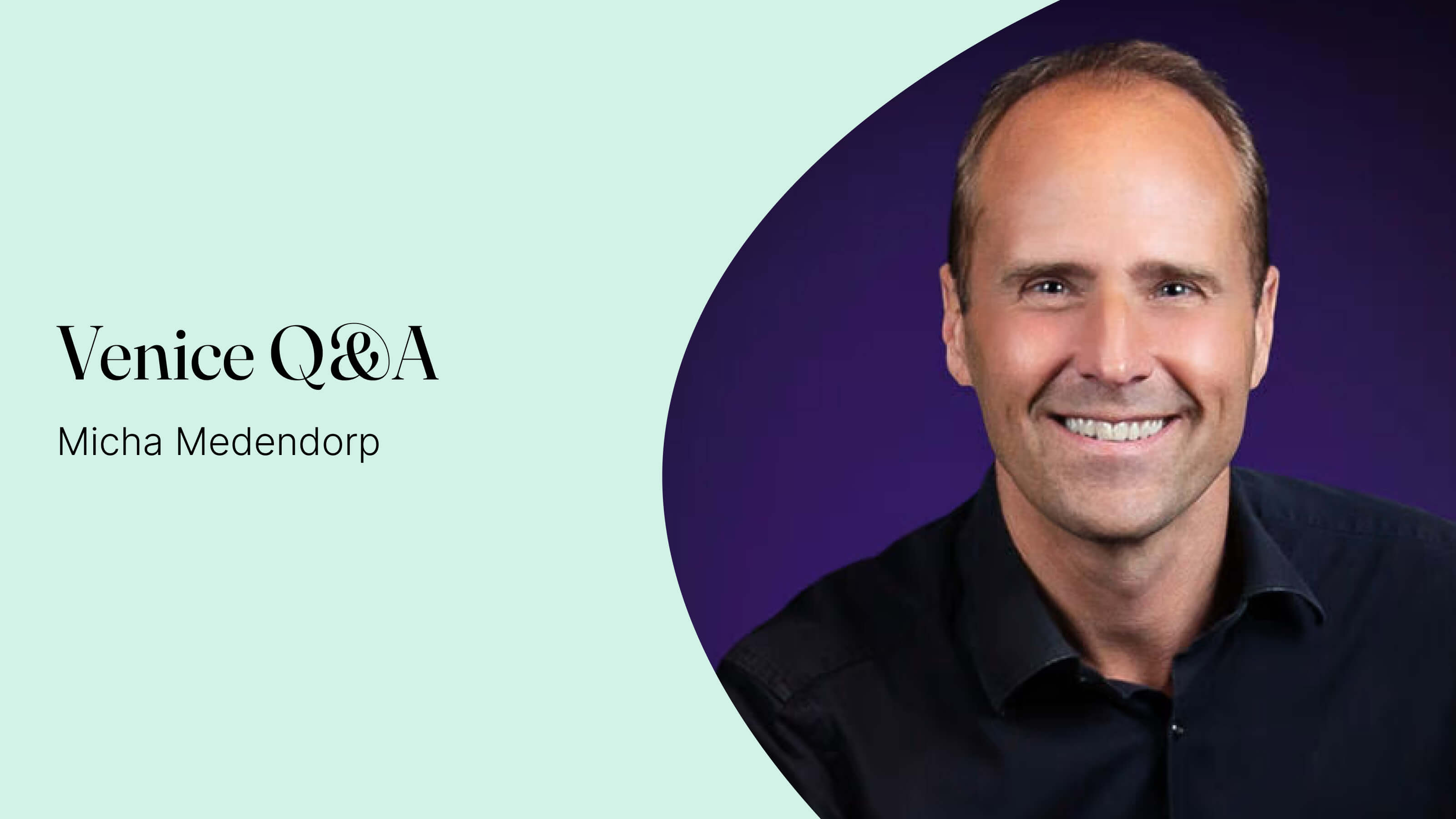How Glow25 Is Training 200+ Employees to Become AI Power Users
Akos Piffko shares his approach to helping Glow25 build an AI-native team.

The former Rituals CMO shares his advice.

“You can’t do everything. Focus on what’s working and scale it with discipline.”
Micha Medendorp is the former CEO of Marie-Stella-Maris and ex-CMO at Rituals, helping the brand scale into a billion-euro brand. In this interview, Micha shares lessons from scaling, why brand story is everything, and the biggest growth challenges facing European DTC brands today.
It’s all about organizational maturity. In a startup, the founder and a few senior people do everything. But once you scale, a middle layer emerges. You get specialization, layered teams, and eventually a matrix setup with local and HQ leads.
At Rituals, where I worked before, we scaled into what today is a €2.4B business. There, a product launch meant 20+ countries and multiple channels at once. Every move was a big hit—or a big failure. The organization becomes more structured, more complex, and much more like a well-oiled machine.
We productized everything. From our selling ceremony in-store to social campaigns so it could scale. Whether it’s a store in Shanghai or Amsterdam, the experience feels the same. We allowed for light localization, but 80–90% of the experience was consistent. That consistency gave us scale and efficiency.
It’s a mix of trial and error and local insight. You launch, then realize German customers respond differently than Dutch ones, so you tweak. But the key is working with local teams—they naturally understand cultural nuance. A Dutch person selling into Germany? That’s tough. A German seller? Much easier.
Also, look at competitors. If they’re all doing something differently in a market, there’s probably a reason. You can adapt that insight to your own brand story.
By the time you reach €5M, you should know what really works for your brand—what’s unique and what’s generic.
The mistake most founders make is chasing too many things. They explore new products, new channels, too early. But you rarely have the resources—money, people, time—to do everything.
Instead, double down on what’s working until there’s no more stretch left. Then and only then, branch out.
It could be flattening turnover. Or you’re seeing poor retention—customers buy once or twice, then disappear. It might be that your core offering is stale, or that people are just waiting for something new.
Another sign: you’re relying heavily on paid channels and hitting a wall. That’s when you shift toward brand building. Meta might be tapped out, but brand awareness could unlock new growth. Especially for the 80% of people who don’t know you yet.
So the real question is: do you have a clear, differentiated brand story? Are you solving a real consumer problem? If not, it’s going to be tough to grow without burning cash.
Start exploring the Venice community and discover new opportunities to grow your business.
Browse MembersApply today to join Europe's most valuable network of Consumer focused founders.
Apply Now